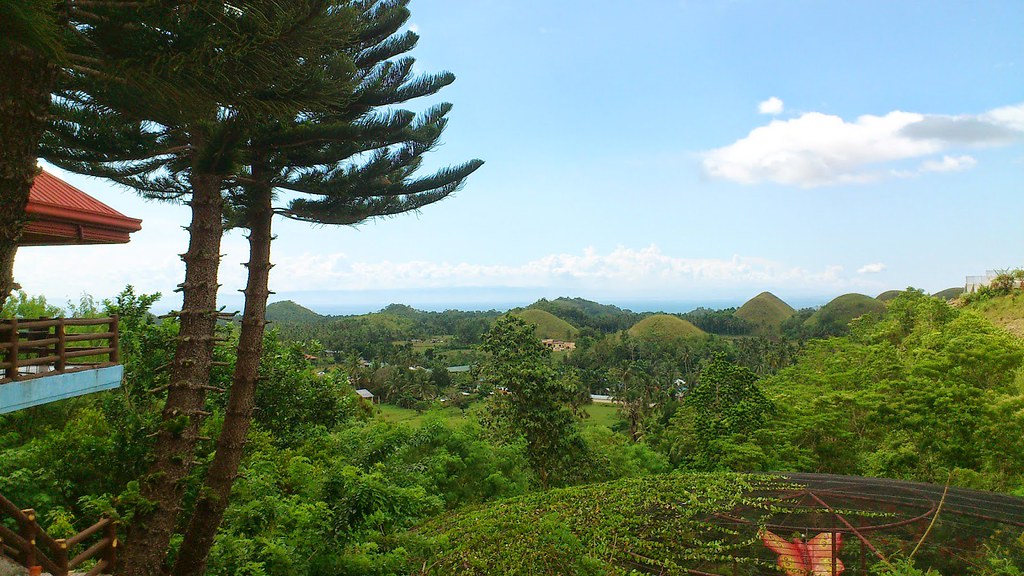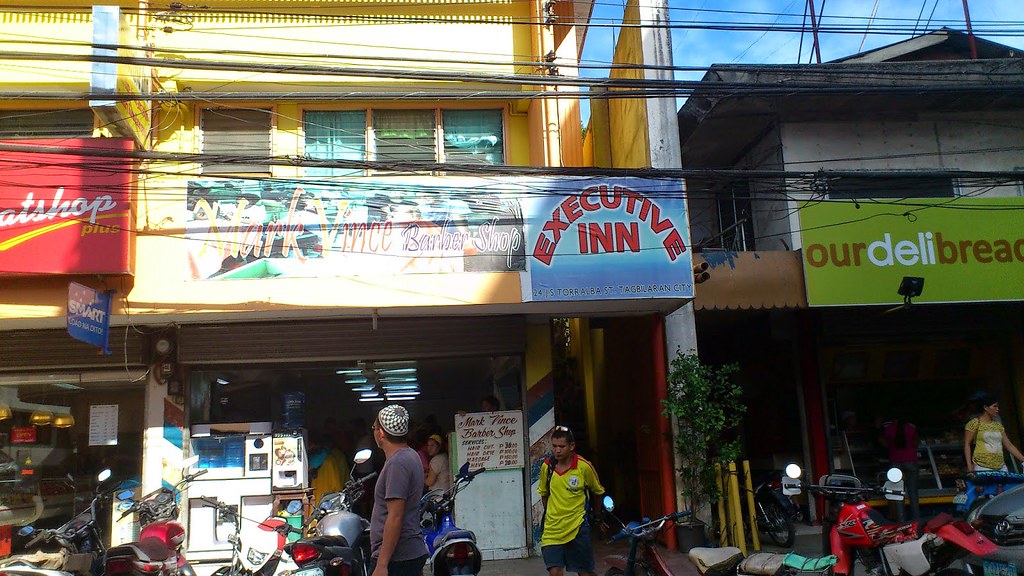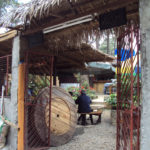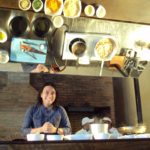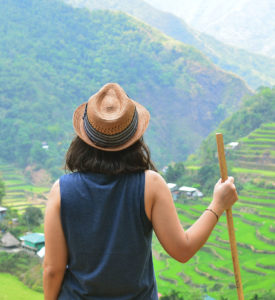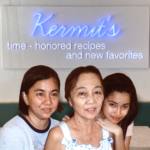Ever since I tasted a homemade ube halaya (in Tagalog) or ubi kinampay (in Boholano), I’ve been asking friends and relatives to bring me some from Bohol. Unfortunately, my requests fell on deaf ears and I’m starting to worry that the sweetened dessert I’ve been craving is exclusively made by my colleague’s mother and Bluewater Panglao’s Aplaya Restaurant.
The kinampay or ubi-kinampay is a variety of ube found in Bohol. It is also considered sacred to the locals. Every time an ubi falls to the ground, people would whisper an apology and kiss it as a sign of reverence. In fact, the Ubifest is celebrated every January.
Recently, I was lucky enough to spend a weekend in Bohol for a CSR project. Yes! I can finally buy myself a tub of ube halaya.
After saving the world by feeding the citizens of Bonbon and its neighboring barangays, we set on a travel mission to visit Sagbayan Peak and purchase the ube treat in Tagbilaran. And a fridge magnet, while I’m at it.
This is the fourth time I’ve been to Bohol, three of which are work-related. We left Bonbon, Clarin at 1 pm in search of a tricycle to get us to Sagbayan Peak. We brushed up our negotiating skills and managed to pay ₱300.00 (round trip tricycle ride from Clarin to Sagbayan) for the three of us. It took us more than 30 minutes of travel time. But the view of the famous chocolate hills artfully scattered on the vast green fields was worth it. Sagbayan Peak may not have the best angle of the hills unlike in Carmen but it has its own allure.
After the driver dropped us off in Clarin, we rode a van that will take us to Tagbilaran. We paid ₱100.00 each and got off in Manga, Tagbilaran. From there, we took a multicab to take us to the busy district of Tagbilaran. That’s a lot of transfers in one afternoon.
Bohol’s homemade ube kinampay and where to find it
Tito, my colleague, a Boholano through and through, showed me where to find the best ube kinampay in Bohol. This not-so secret place is located inside the hallways of Executive Inn in J.S. Torralba Street in Tagbilaran City.
When we reached a white wall with a screen door (it actually looks like a laundry area of a private house), Tito called out to the door saying that we want to purchase an ube kinampay. A lady welcomed us inside and led us to the selling area. Their makeshift selling area is a black wooden divider that separates the living room from the kitchen with a price list propped against the wall.
If you are looking for the best ube jam/kinampay/halaya in Bohol, this place is a must-visit. If you know other places–secret or not–where to buy this native delicacy, drop me a line.


